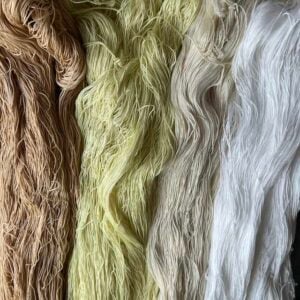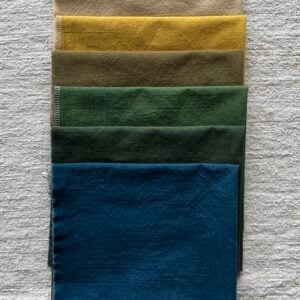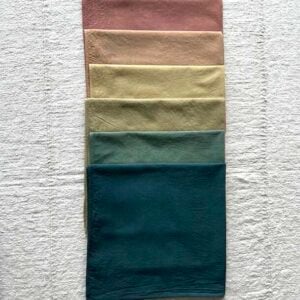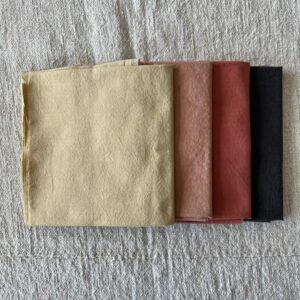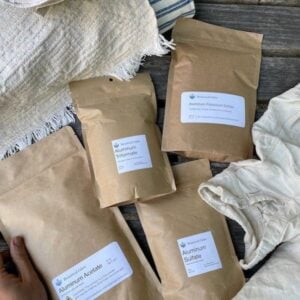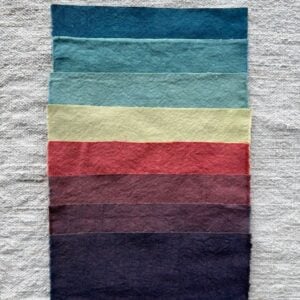Mordant Monday: Sneak peek of a new product
Mordanted Sashiko Thread with Different Tannin Options! Now you have the convenience of using tannins and a pre-mordanted thread to create your own color palettes and who doesn’t love that? Pictured from Left to Right: Cutch and Alum mordant, Sumac and Alum mordant, Gallo-Tannin and Alum mordant, and PFD, unmordanted Sashiko Threads We’ve been busy adding to our very popular mordanted product line, and will be offering mordanted Sashiko threads using three different mordant variables. The light brown color is Cutch, a light brown tannin, the yellow is Sumac, a yellow-based tannin, the light cream is Gallo-Tannin, a “clear” tannin, … Read more

